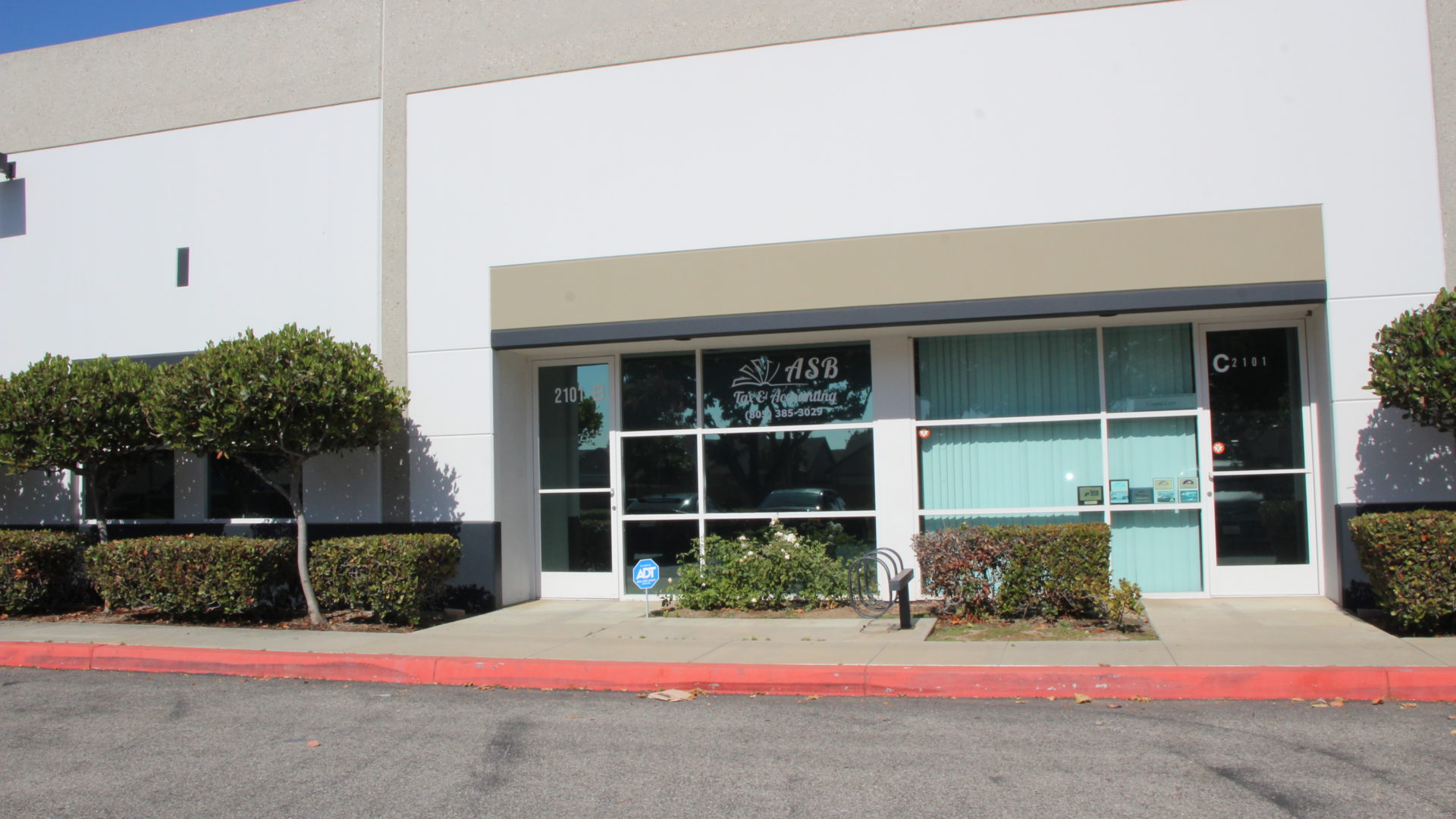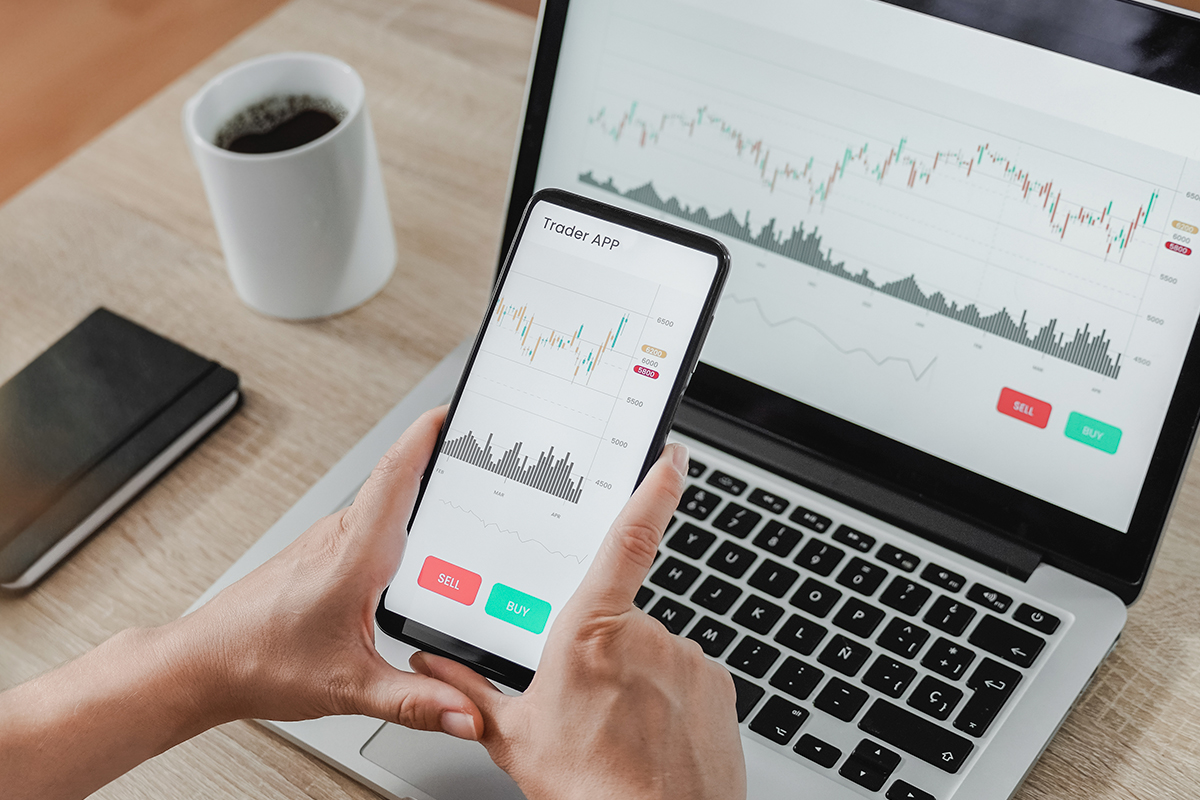The Difference Between Saving and Investing
Understanding the difference between saving and investing is crucial for effective financial planning. Both concepts are essential for managing personal finances, but they serve different purposes and have distinct characteristics. In this article, we will explore these differences and how you can use them to achieve your financial goals.
Saving is the money you set aside from your income for future use. It is typically deposited into easily accessible bank accounts such as savings accounts or checking accounts. The primary goal of saving is to have funds available for emergencies, unexpected expenses, or short-term purchases. The most important feature of saving is its safety and liquidity; saved money is readily available and not subject to market risks. However, the return on savings is usually low, as interest rates offered by savings accounts are minimal. Therefore, saving is suitable for short-term financial goals or building an emergency fund.
On the other hand, investing involves placing money in assets that have the potential to generate higher returns over time, albeit with a higher level of risk. Investments can include stocks, bonds, mutual funds, real estate, among others. Unlike saving, investing does not guarantee that the invested money will always be immediately available, and its value can fluctuate due to market conditions. However, in the long term, investments tend to offer significant capital growth, generally outpacing inflation and increasing purchasing power. Investing is suitable for long-term financial goals such as retirement, children’s education, or buying a home.
One of the main differences between saving and investing is the level of risk involved. Saving is considered low risk because money deposited in savings accounts is protected, often by deposit insurance. In contrast, investing involves higher risk, as the value of assets can go up or down, and there is a possibility of losing part or all of the invested money. Therefore, it is crucial to understand your risk tolerance and time horizon before deciding how much money to allocate to savings and how much to investments.
Liquidity is another key difference between saving and investing. Savings are highly liquid, meaning you can access your money at any time without penalties. This is ideal for immediate needs and unexpected expenses. Investments, however, are usually less liquid. Withdrawing money from investments in the short term can result in penalties or losses if the markets are down. Therefore, it is advisable to have a mix of liquid savings and long-term investments to balance accessibility with capital growth.
Return is an aspect where saving and investing differ significantly. Savings, being in low-risk accounts, offer modest returns. Interest rates on savings accounts rarely exceed inflation, meaning the purchasing power of your money could decrease over time. Investments, on the other hand, have the potential to offer much higher returns, although with the possibility of facing losses in the short term. The key to maximizing investment returns is to diversify and maintain a long-term perspective.
Both saving and investing are essential in a complete financial strategy. Saving provides security and accessibility for emergencies and short-term goals, while investing offers the opportunity for capital growth and long-term goal achievement. By understanding the differences between these two concepts, you can make informed decisions that help you achieve financial stability and secure your economic future.

